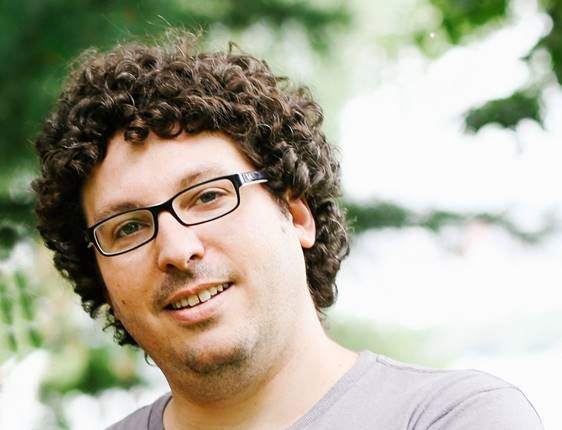Dr. Loren Greenman
University of California-Berkeley

Electronic dynamics in polyatomic molecules for bound and continuum states
Molecular electronic structure theory provides accurate time-independent bound-state energies and properties. These tools prove extremely useful for unraveling the complicated nuclear-electronic dynamics in ultrafast experiments -- even without other dynamics calculations. I will describe an example of the theoretical interpretation of a recent ultrafast experiment on methanol (CH3OH). Molecular electronic structure calculations, however, do not describe the ionizing transitions that always accompany attosecond experiments due to the broad bandwidth of the laser pulses. The theories for describing those continuum states, such as the complex Kohn variational method and the Schwinger variational method, have limitations that prohibit their application to even moderately-sized molecules with multiple open ionization channels. I will present a successful new implementation of the complex Kohn variational method that surpasses these limitations. The key improvement is the overset grid, which consists of a master grid and multiple atom-centered subgrids. The new overset grid complex Kohn variational method will allow calculations of the continuum states and dynamics for larger molecules such as uracil. As examples of the complex polyatomic dynamics simulations that will be possible, I will discuss calculations of atomic high harmonic generation, attosecond photoionization, and coherent control.